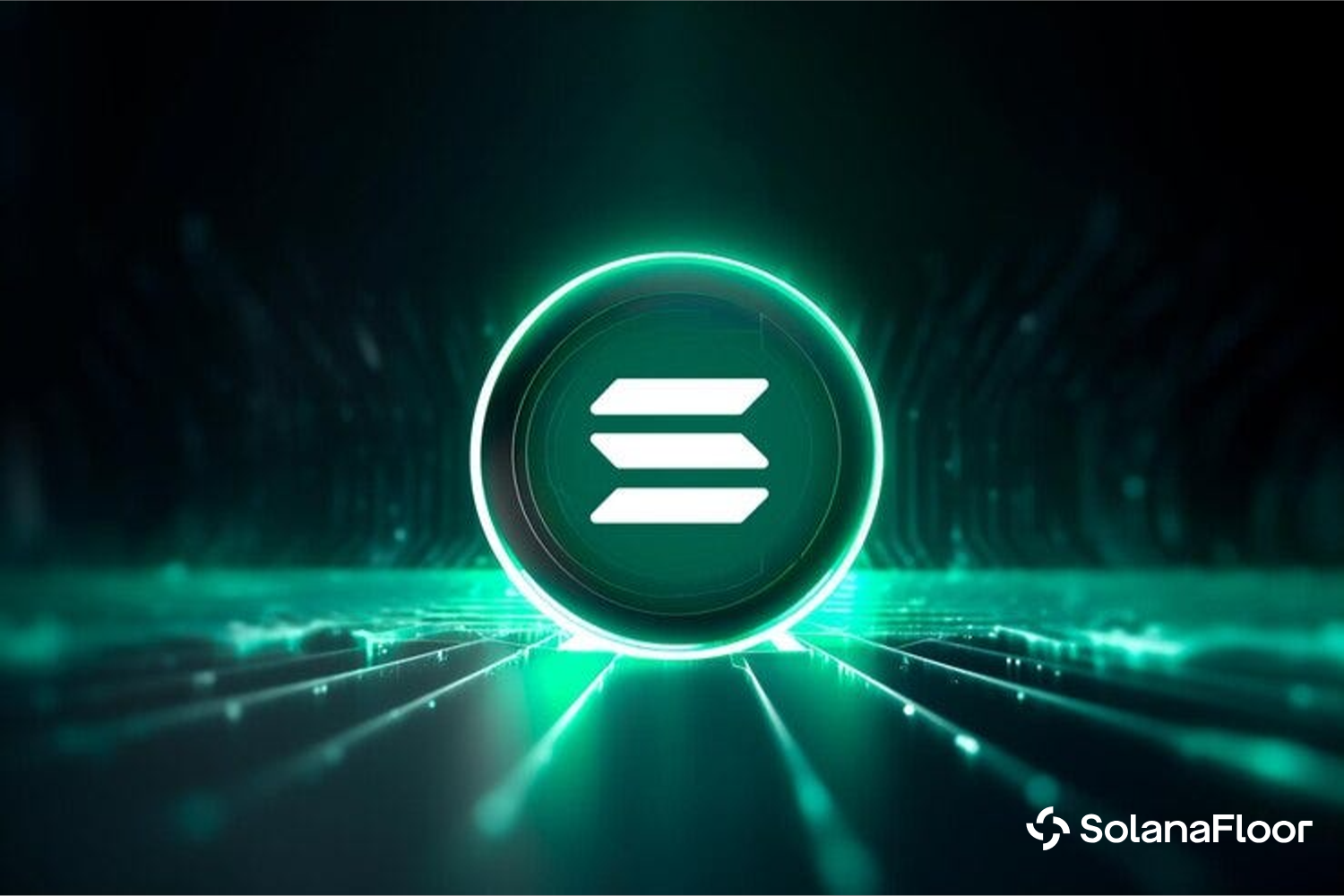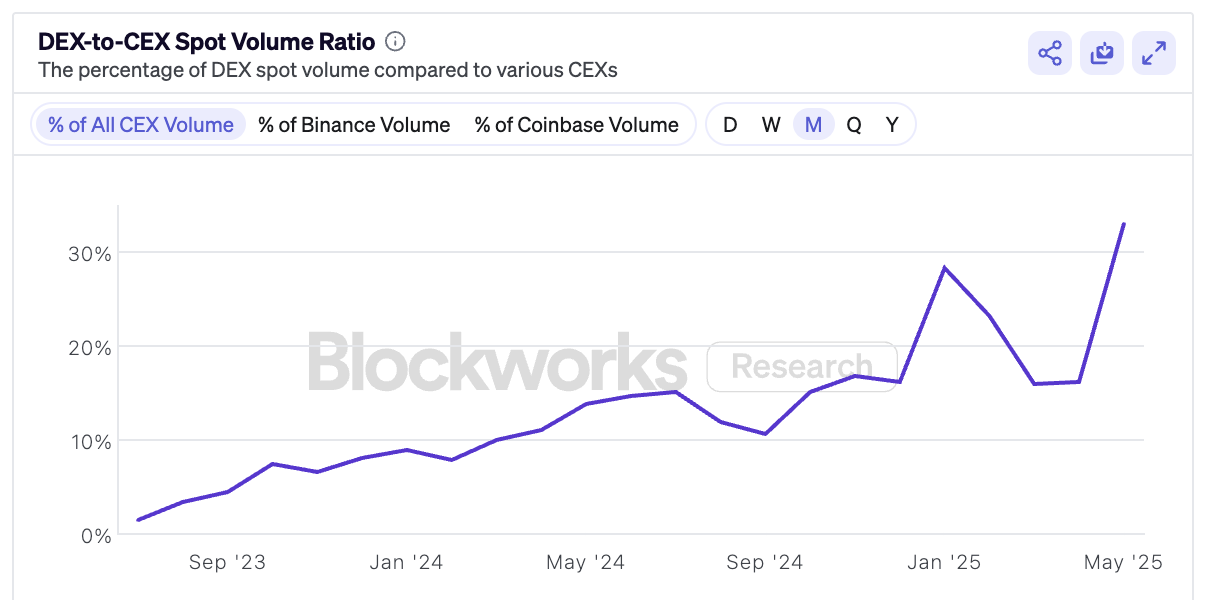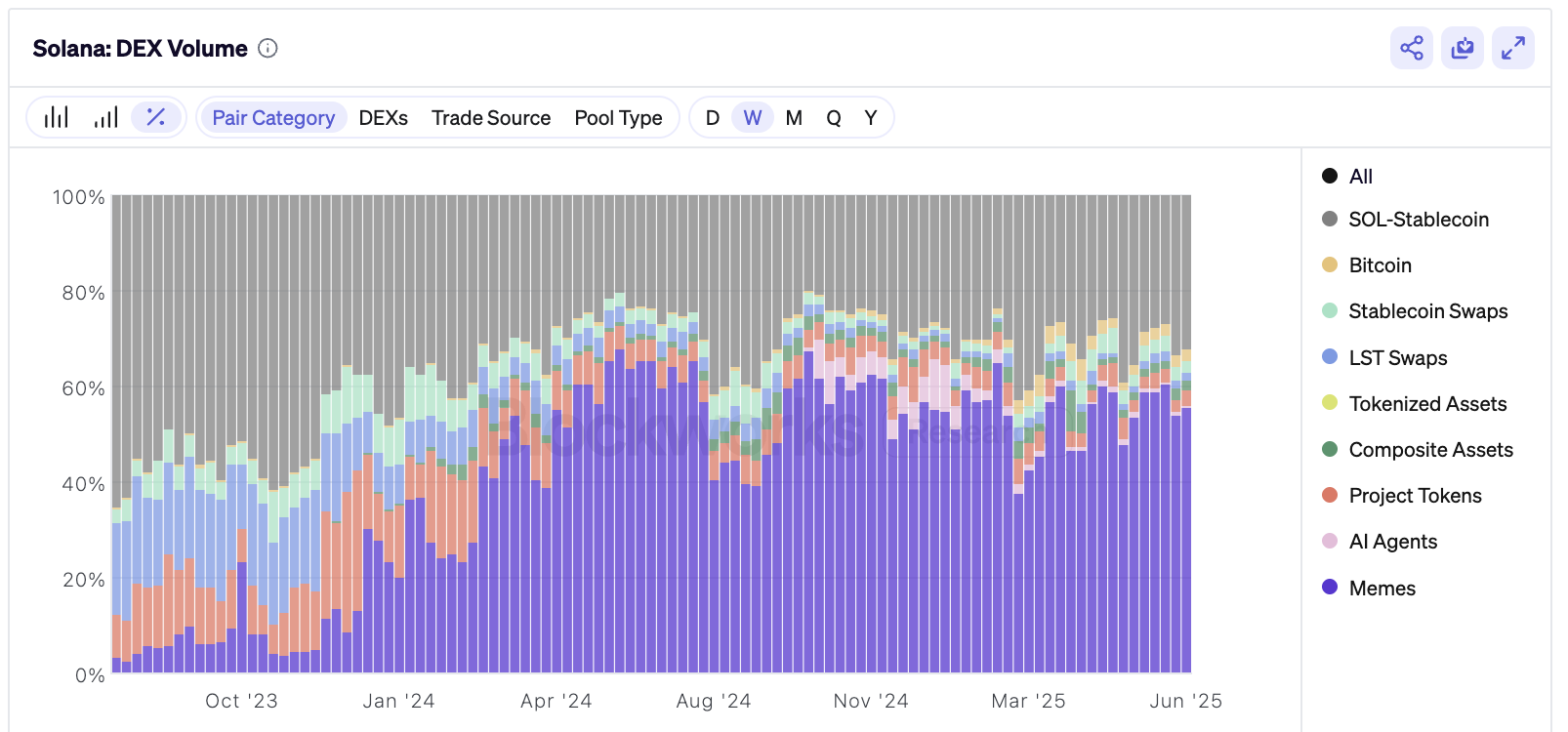
DeFi Saw 96% More $SOL Liquidations than CeFi in Market Crash
What do onchain $SOL liquidations tell us about traders’ behavior?
- Published:
- Edited:
While mounting geopolitical tensions sow uncertainty throughout markets, trading data suggests that perpetual markets are decisively moving onchain.
$SOL liquidations now happen predominantly in DeFi environments, with CEXes steadily losing market share to their decentralized rivals.
Amidst the timeline’s doom-and-gloom, which Solana ecosystem tokens held up best as $SOL slid 14% on a weekly timeframe?
DeFi Leads CeFi in $SOL Perps Liquidations
Escalating conflicts in the Middle East wrought havoc in financial markets over the weekend, sending Bitcoin below $100k for the first time since it reclaimed the key level on May 8th. Based on Coinglass data, the market blitz wiped out over $1B in long positions over the course of the weekend.
Despite the fear permeating markets, confidence in Solana as a perpetual trading platform is higher than ever. Cross-referencing Coinglass and Ranger Finance, market data from the weekend indicates that Solana’s onchain perps markets witnessed 96% more liquidation volume than its centralized counterparts.
With DeFi platforms consistently improving their performance and accessibility, traders are more frequently turning to onchain trading venues. This thesis is supported by Blockworks’ DEX-to-CEX ratio, which illustrates how DeFi is steadily stealing market share from centralized exchanges.

It’s important to note that data from May 2025 onwards is heavily influenced by Binance Alpha’s incentivized DEX trading campaign. Ignoring BNB Chain’s recent explosion, one cannot discount the difference a year can make. Blockwork’s monthly DEX-to-CEX ratio more than tripled in the space of a year, rising from 8.82% in January 2024 to 28.29% in January 2025.
Before the launch of Binance Alpha’s incentivized trading campaign and the resulting data distortion, DEXes witnessed around 16% of CEX trading volume in April and May 2025.
Additionally, the high ratio of $SOL liquidations in onchain markets could also suggest that DeFi users are more likely to take high-risk, high-leverage positions than CeFi traders.
Memecoins Still the Heart of Solana DeFi
In times of market uncertainty, risk-on assets like memecoins typically suffer from diminishing interest. Traders generally consider memecoins less resilient than established “project tokens” tied to ecosystem applications.
Solana DeFi scene appears to be bucking that trend, with memecoins retaining the majority of spot DEX volume on the network. Blockworks data suggests that memecoins still constitute 55.5% of weekly DEX trading volume.

Solana’s memecoin dominance is undoubtedly aided by the relentless deployment of new tokens on the network. Solscan data collected over the past week suggests that, on average, 40,815 new tokens are launched per day on the network, with memecoins representing the majority of deployments.
Which Solana Ecosystem Tokens Showed Strength
While $SOL has slumped 14% on a weekly timeframe, certain assets within the ecosystem have avoided succumbing to bearish forces.
Solayer’s native token, $LAYER, has been one of the ecosystem’s best-performing assets, swimming against the current to rise 3% in the last seven days. Meanwhile, Metaplex ($MPLX), and Helium ($HNT) have both outperformed $SOL, falling by 10.1% and 10.4% in the same timeframe.
Read More on SolanaFloor
Democracy paused as Jupiter shifts focus away from governance
Jupiter DAO Suspends Governance: Staking Rewards to Continue
Enhance Your DeFi Skills



